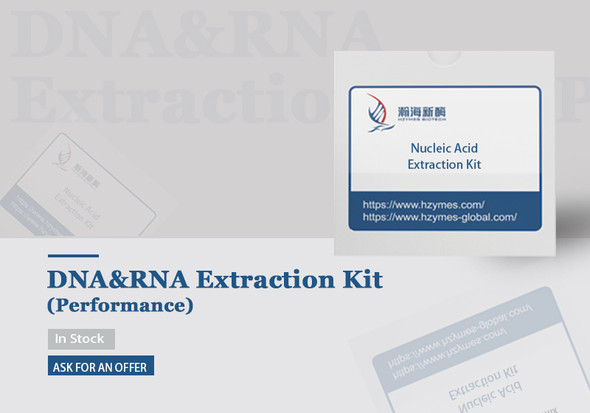Description
Coronavirus Sample Preparation
1. Sample collection with nasal or oropharyngeal swabs. 300 µl saliva, sputum, BAL, serum or plasma are common sample materials, too.
2. Nucleic Acid Purification (NAP) using chemagen Technology instruments
Optional: The addition of a homogenization step simplifies the further processing for some sample materials such as saliva.
Detection
3a. Reverse Transcription of RNA to cDNA
3b. RT-PCR Detection of SARS-CoV-2 specific genes
The extraction of viral nucleic acids from serum samples is widely used in diagnostic pathology tests. However, the heterogeneous nature of non-serum samples can contribute to variations in viral nucleic acid yields with different extraction methods and sample types. Five different nucleic acid extraction methods were compared for optimal extraction of viral DNA or RNA from a prepared cell-free sample. The viruses used were hepatitis B, hepatitis C. The sample used was DNase and RNase-free normal saline enriched with predefined amounts of viral DNA or RNA. The extraction protocol was carried out according to the recommendations of each manufacturer. Nucleic acids extracted from each of the samples were amplified by PCR and compared to the original non-extracted standard control. Both the RTA kit and the Qiagen kit were shown to produce the highest amounts of viral nucleic acid.






